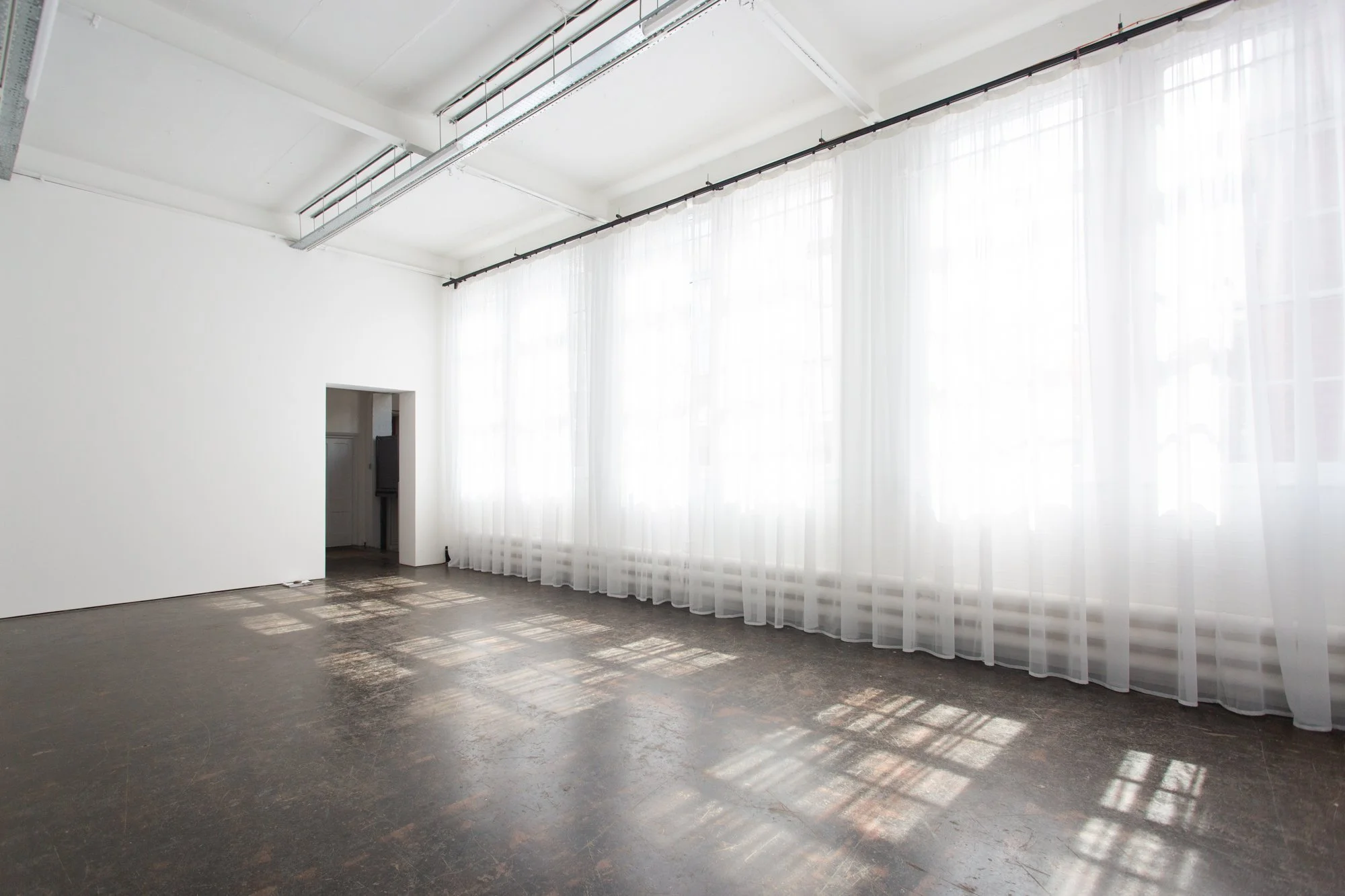PREVIEW: 12 September 2025, 5–9PM | Quiet Hour 5-6PM
EXHIBITION: 13 September – 29 November 2025
OPENING TIMES: Thursday–Saturday, 10AM–6PM, or by appointment.
WHERE: Gallery 1 and Gallery 2
Flat is an exhibition that is like two sides of the same coin.
Through material play and creative research, the show will feature work by Primary resident and member artists—Louisa Chambers, Craig Fisher, Lynn Fulton and Sam Metz—across Gallery 1 and 2, exploring the word ‘flat’ in two distinct contexts.
On one side of the coin, the works interpret ‘flatness’ from multiple vantage points, particularly in relation to spatial perception. Be it the collapsing, flattening, and reconstruction of sculptural form or the smoothness of a surface. In the 1960s and 1970s, art criticism referred to flatness as the smoothness and absence of curvature or surface detail in two-dimensional artwork, particularly modernist painting. American artist Donald Judd’s ‘Specific Objects’ (1964 text) is interesting to bring into the fold, using the exhibition to put into contention what Judd wrote in Arts Yearbook: ‘Almost all paintings are spatial in one way or another’.
If flatness is on one side, on the other side, the project will test and materially play with the idea of the word ‘flat’ in another sense: a form of housing. The term ‘flat’ originates from the Old Scottish/Old English word ‘flet’, which means an interior space of a home. Some believe the term has persisted because most flats are located on a single floor, meaning there are no stairs inside the accommodation. The concept of a flat is deeply rooted in British housing tradition, starting with mansion flats in 1800s London, flats rebuilt after the interwar period, council estates—Nottingham was one of the largest builders of council housing in the country until the 1970s—and housing for the working-class that’s historically affordable, and included communal areas. However, with the rise of studentification in Radford (where Primary is based) and the ongoing cost-of-living crisis, the word ‘flat’ and the socio-politics of being a ‘resident’ in some form of dwelling, be it a studio or a home, could take on new meaning.
Primary is then thinking further to how arts organisations are borderlands—bridges between civic space and urban renewal/planning, and how the art institution and public artwork can sit (un)comfortably in between, like Konsthall C (initiated in 2004, a year before our organisation), a cross between all three, located in a former communal laundry in Hökarängen, Sweden; and then us, housed in a former school (c. 1885 until 2005) that became occupied by artists—becoming Primary.
Flat is a dialogue between Primary’s Artist Development Programme and Public Programme.
Access:
Flat will be partly located on our ground-floor gallery space, which has full, level access from our main entrance on Seely Road. However, there is no step-free access to our first-floor gallery space. Any films in Gallery 2 will be available to watch on a monitor in the Reading Room.
If you would like to make a group booking or visit our exhibitions at a quiet time, please get in touch with us at admin@weareprimary.org or 0115 924 4493 to arrange.
Large print, braille, and easy-read versions of the exhibition text will be available at our Reception; please ask our Front of House Assistant for details. Check back on this page for an audio version of the exhibition text.
You can find further access information on our website’s Visit Us page and via AccessAble.
Please email admin@weareprimary.org or call 0115 924 4493 with any access inquiries.
For further information and artist biographies, go to the exhibition project page.
Primary
